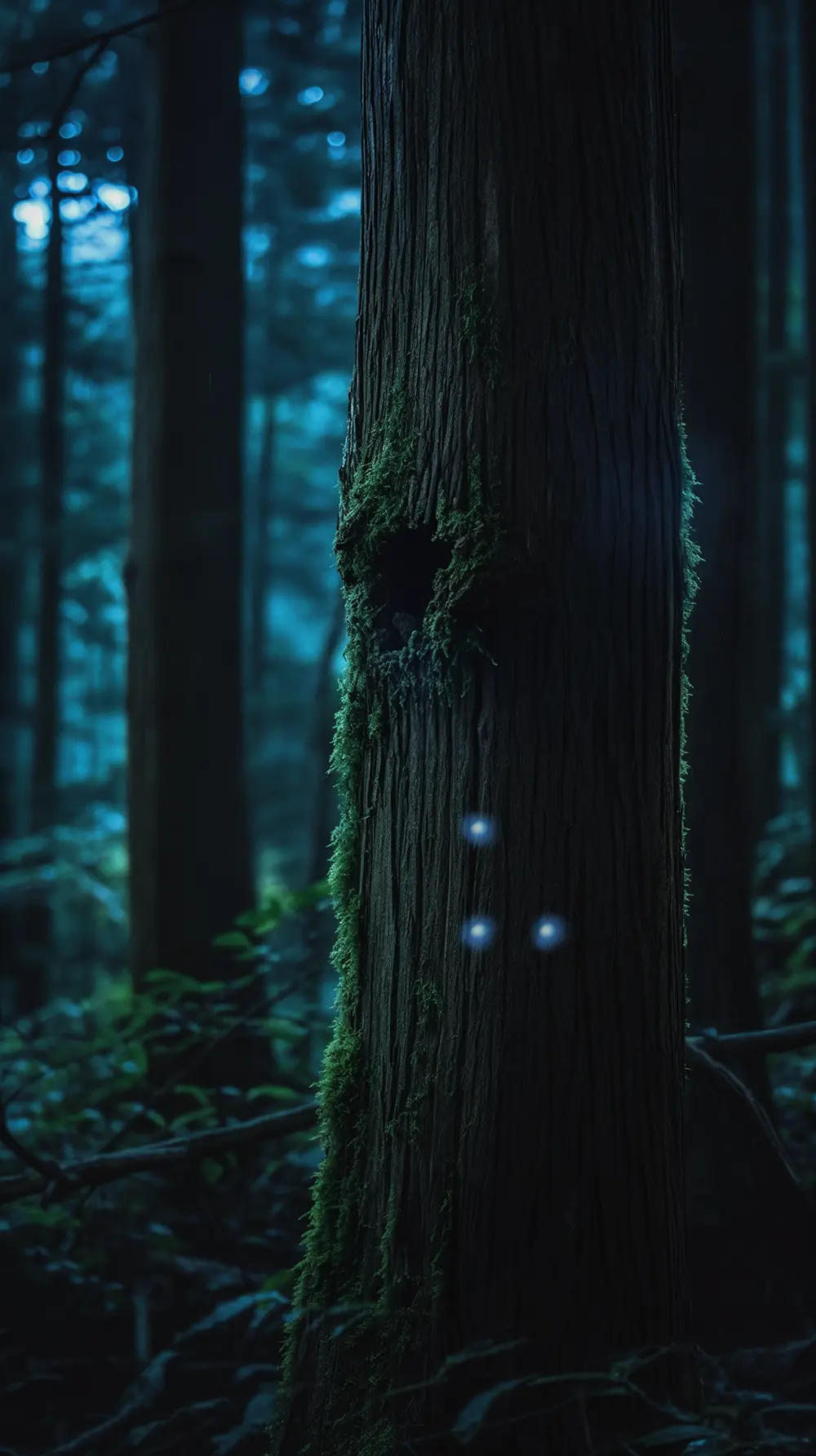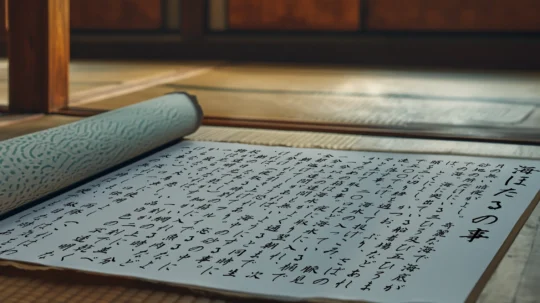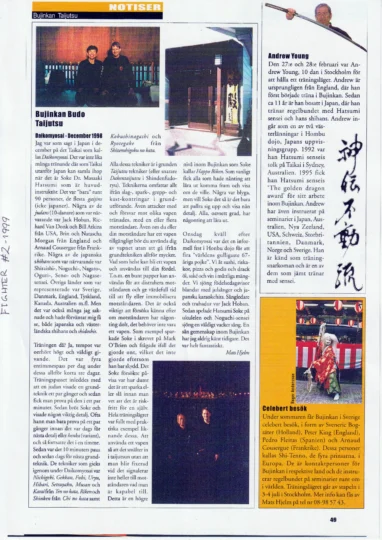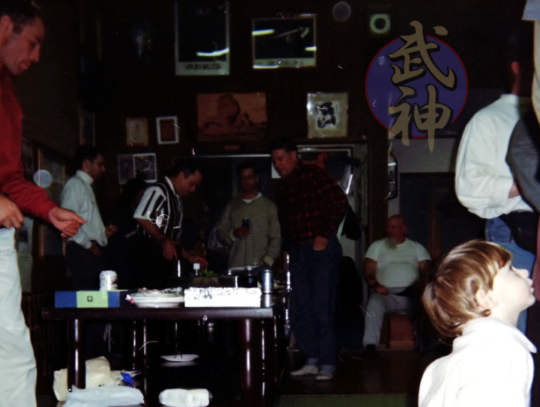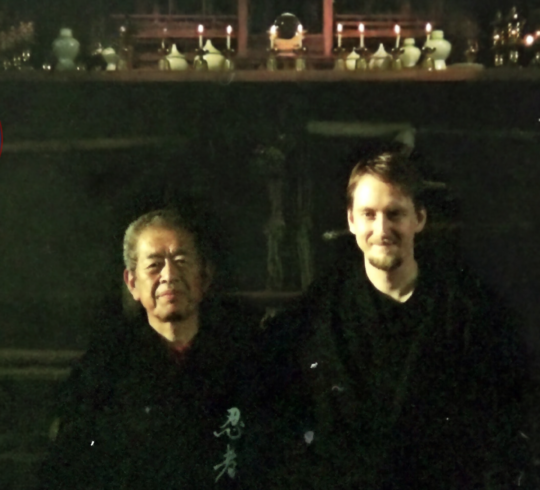LOS CINCO PRECEPTOS by Pedro Fleitas
From Gassho by Unryu Blog
Hoy me gustaría volver a revisar el Gotei, o las cinco reglas verdaderas. Este texto que recibí de Hatsumi Sensei en octubre de 2006 creo que es muy significativo y útil para quienes se atrevan a ponerlo en práctica en su vida diaria.
Poner en práctica significa aplicarlo una y otra vez, hacer una lectura aplicada a la vida contemporánea comprendiendo que fue escrito hace algunos cientos de años. Ser flexible y amoroso con uno mismo, sin amenazarse ni castigarse. Solo practicar sin expectativas aunque con aceptación. Y poco a poco vendrán los regalos y beneficios de la constancia.
Estas son las reglas “GOTEI”:
1. Fumetsu no fukyo: ofrenda imperecedera.
2. Shindo no jikai: disciplina del camino verdadero
3. Shizen no ninniku: paciencia y gratitud de la naturaleza
4. Shizen no choetsu: trascendencia de la naturaleza
5. Komyo no satori: verdad absoluta de la luz
Ya en varias intervenciones anteriores en artículos y enseñanzas en los entrenamientos he compartido mi interpretación. En esta ocasión simplemente las compartiré como una manera de renovación y de indagación personal quien así elija hacerlo.
Tal y como les he comentado a mis alumnos, creo que cuando Hatsumi Sensei modificó el “apellido característico” de las escuelas(Ryu), por ejemplo el Koto Ryu Koppojutsu se convirtió en Koto Ryu Happo Hiken, el Maestro nos dio la posibilidad de liberarnos de las formas. Koto Ryu koppojutsu marca una manera y una forma, y happo hiken el respeto por la interpretación basada en la experiencia pragmática de cada cual. Por eso disfruto tanto cuando veo a los practicantes respetando sus propias adaptaciones, me parece un canto a la libertad y a la vida.
Si me gustaría llamar la atención sobre un aspecto. A veces se analiza para luego hacer una valoración, casi un diagnóstico exclusivamente la “manera técnica” como diría mi maestro, es decir la forma técnica del conocimiento de como se organiza cada movimiento. Por ejemplo, en la técnica “yokuto” el adversario se mueve de una manera y el defensor responde de otra manera. Visto desde la distancia parece que quien realiza esta técnica posee un profundo conocimiento del arte.
Me gustaría, como dije antes, hacer una llamada de atención a mis alumnos entendiendo que es, solo mi punto de vista al respecto.
Hay que ser cuidadosos con “copiar”, ya lo he comentado en otras ocasiones. A veces se copia sin tener la experiencia y bagaje necesario y es un atrevimiento arriesgado para quien entrena y especialmente para quien enseña. Y no es copiar movimientos técnicos, sino otros argumentos materiales y menos materiales. Es por esto “lo importante que es que los alumnos de todas las generaciones se acerquen a mi lo máximo posible” y tenga precaución de “copiar” exclusivamente lo que aprecian e interpretan por las redes y otros medios que son de gran ayuda si además hay cercanía.
Por esto recomendaría revisar estos aspectos:
1. Distancia oportuna
2. Momento oportuno
3. Fluidez
Y no porque se usen palabras japonesas estos conceptos son más importantes. Lo importante es el mensaje de las palabras en si. Es bastante carente de sentido común pensar que los japoneses son los únicos seres preparados para entender estos conceptos, discrepo igual que discrepa mi maestro. La comprensión está más relacionada con cada persona, el compromiso de su ser y el compromiso que con cualquier característica superficial y rudimentaria como profesión, nacionalidad, género, edad, etc…
Por lo cual precaución con el 1,2,3 de las técnicas y más atención a la investigación de la distancia, momento y fluidez.
Rayos de sol regalan vida.
Unryu

